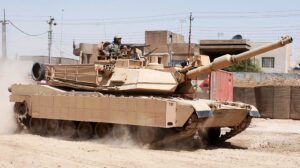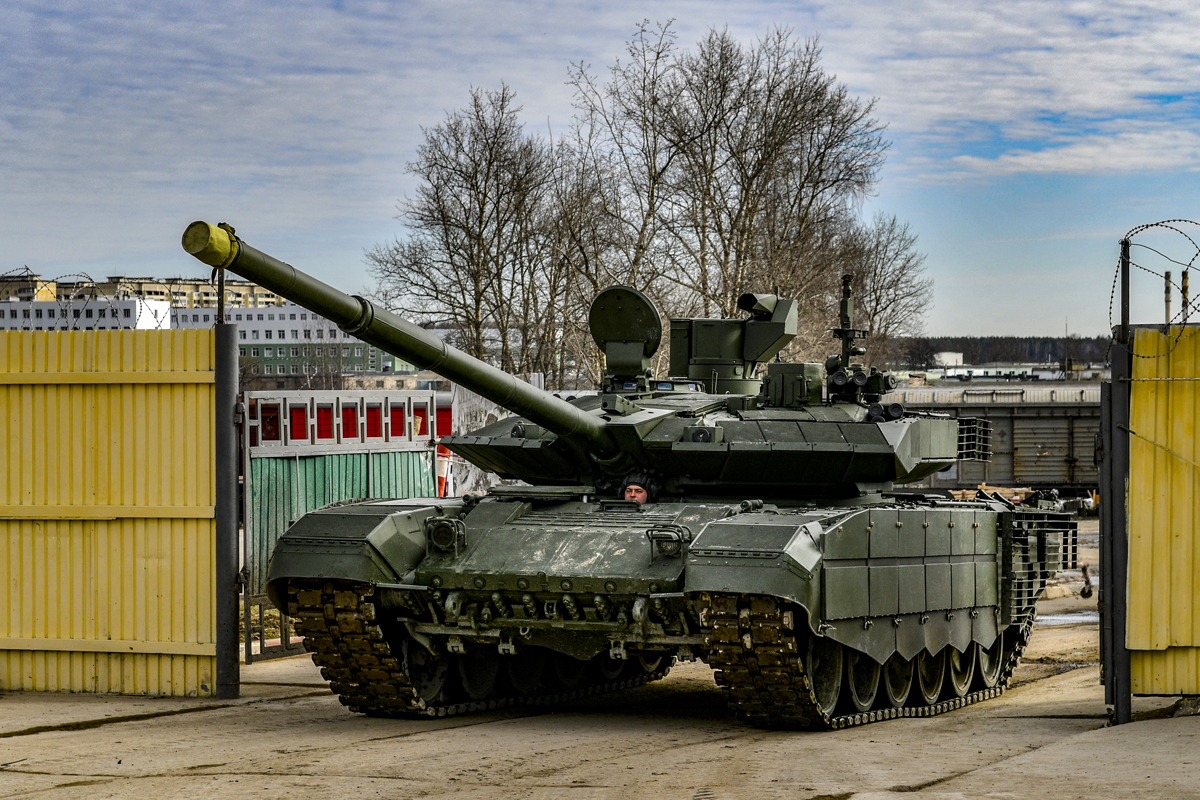The T-90M vs. Abrams: A Battle for Tank Supremacy
The T-90M and the Abrams are two of the world’s most advanced and capable main battle tanks. Both have been widely deployed in various conflicts and have proven their effectiveness in modern warfare. This article will compare the T-90M and the Abrams tanks regarding their technical specifications, such as armour protection, firepower, and mobility.
Armour protection: The T-90M and the Abrams both feature advanced armour protection systems that are designed to defend against a wide range of threats, including high-explosive anti-tank (HEAT) rounds, HESH Round (High Explosive Squash Head), and APDSFS (Armour-Piercing Discarding Sabot Fin-Stabilized). The T-90M has a multi-layered armor system that includes passive steel, ceramic composite armour, and active protection systems (APS). At the same time, the Abrams feature a composite armour system that combines aluminium and steel. The Abrams has a slight edge over the T-90M in terms of protection due to its more advanced armor system.
Firepower: The T-90M and the Abrams are equipped with a wide range of powerful weapons systems designed to engage enemy targets at both long and short ranges. The T-90M is armed with a 125mm smooth bore gun capable of firing various high-explosive and armor-piercing rounds, as well as guided missiles. The Abrams is armed with a 120mm M256 smooth bore gun capable of firing high-explosive and armor-piercing rounds, as well as guided missiles. Both tanks are evenly matched in terms of firepower, with the T-90M having a slight advantage in terms of its longer-range capabilities.
Mobility: The T-90M and the Abrams are both highly mobile tanks capable of travelling quickly and maneuvering effectively on the battlefield. The T-90M is powered by a 1,000 horsepower diesel engine, while a 1,500 horsepower gas turbine engine powers the Abrams. In terms of mobility, the Abrams has a clear advantage over the T-90M due to its higher horsepower engine, which allows it to travel faster and maneuver more effectively.

Aside from armor protection, firepower, and mobility, there are several other important aspects to consider when comparing the T-90M and the Abrams tanks.
Electronics: The T-90M and the Abrams are equipped with state-of-the-art electronic systems designed to enhance their operational capabilities. The T-90M features a modern fire control system that includes a gunner’s sight with thermal imaging, a laser rangefinder, and advanced computerized ballistic calculations. The Abrams features the Commanders Independent Thermal Viewer (CITV), which provides the tank commander with a 360-degree view of the battlefield and the Commander’s Weapon Station (CWS), which allows the commander to engage targets without exposing himself to enemy fire.
Combat Experience: The T-90M and the Abrams have been widely deployed in various conflicts and proven their effectiveness in combat. The T-90M has been deployed in numerous conflicts in the Middle East and Asia. In contrast, the Abrams has been widely used in the Gulf War, Operation Iraqi Freedom, and Operation Enduring Freedom. Both tanks have proven their ability to operate effectively in high-threat environments and have been instrumental in achieving military objectives.
Cost: The cost of the T-90M and the Abrams tanks is another important aspect to consider when comparing the two. The T-90M is generally less expensive than the Abrams, which is often seen as one of the world’s most expensive main battle tanks. The cost difference between the two tanks is largely due to the difference in the cost of production and the materials used to construct each tank.
In conclusion, the T-90M and the Abrams are highly capable main battle tanks designed to operate effectively in modern warfare. While each tank has its strengths and weaknesses, both have proven themselves in combat and are likely to continue to play a key role in modern warfare for years to come. When deciding between the two tanks, it is important to consider a wide range of factors, including armour protection, firepower, mobility, electronics, combat experience, and cost, to determine which tank best suits a specific situation.
